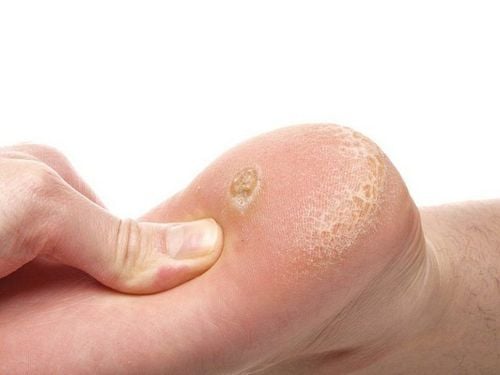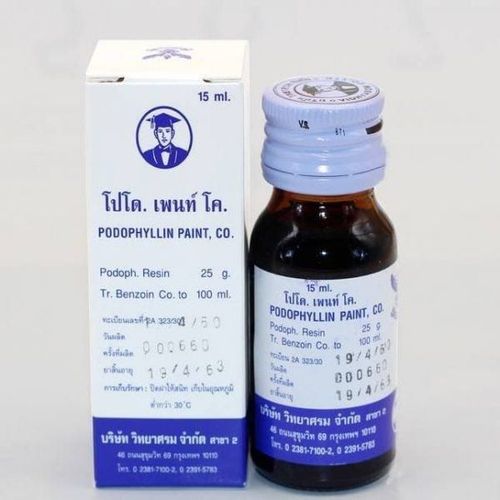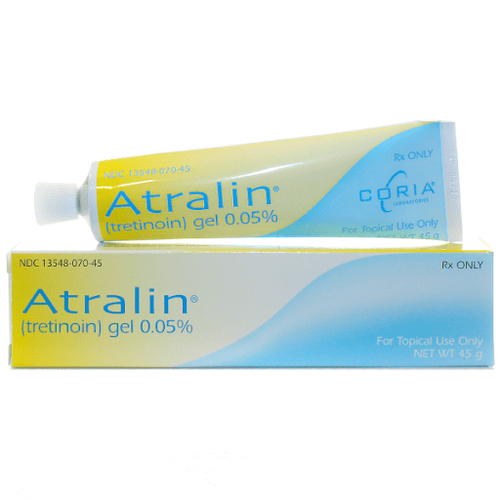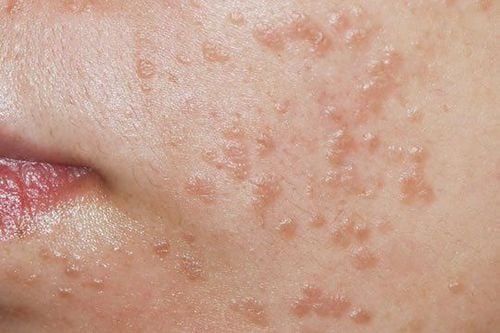This is an automatically translated article.
Suddenly you find a lump under the skin somewhere on your body, you don't know what it is and is it dangerous? Let's take a look at some of the causes of skin rashes.
1. Keloid scars
A keloid is a bump of scar tissue that grows beyond the confines of the wound. It may continue to grow several weeks after your skin heals. More common in darker-skinned people, keloids can form anywhere, but they most commonly occur on the earlobes, shoulders, upper back, chest, or cheeks.
Keloids are harmless, so if they don't bother you, you can leave them alone. But if a scar is too large or itchy, you can treat or remove it. To prevent keloids, avoid piercings or surgery you don't need.
2. Milia (hanging molluscum contagiosum)
Milia are small patches of skin with a bulge at the end. They usually form in places where your skin rubs together, like your neck, armpits, or groin area.
For the most part, you don't need to worry about them. But if these milia are painful, bleeding, or irritated, let your doctor know. They can freeze or cut them off or use a mild current to remove them. Do not try to remove them yourself, it may cause bleeding or infection.

Mụn thịt (u mềm treo) có thể khiến da bị nổi cục
3. Skin cysts
Little flesh-colored sacs floating under your skin are filled with keratin - a soft, cheese-like protein. Slow-growing pimples form when hair follicles or oil glands become blocked or damaged.
Most skin cysts are benign (not cancerous) and will not need treatment unless they hurt, drain, or cause you discomfort. But it's best to have them checked by your doctor to rule out more serious conditions, especially if they're red, painful, or swollen.
4. Itchiness
There are many things that can cause rashes on your skin such as allergies, infections, sun exposure, exercise, stress or illness. The bumps vary in size and can merge to form larger nodules.
Urticaria rash usually disappears within a day, but new spots can appear as old ones disappear. This condition can last several days or weeks. If you know what causes the rash, avoid it. A cool cloth or shower can soothe mild cases. Antihistamines or steroids can also help.
5. Atopic dermatitis
Atopic dermatitis, also known as eczema, sometimes causes small, itchy, and possibly oozing blisters. It's not clear exactly what causes this condition, but genes may play a role. It is also linked to allergies and asthma.
Doctors treat eczema with creams, pills, and injections to help reduce inflammation. You can prevent it by moisturizing your skin and avoiding things that trigger flare-ups, like stress or certain soaps.
6. Warts
Skin lumps can be caused by warts. Warts can appear on your hands, face, feet, and on your hands and feet. All are caused by the human papillomavirus (HPV), but the different strains affect only certain parts of the body. You can pass them on to another person or a new area of skin by touching.
Warts may go away on their own, but treatment will stop them from spreading. Over-the-counter remedies can help, but see your doctor if warts hurt, spread, itch, burn, bleed, or appear on your face or genitals.
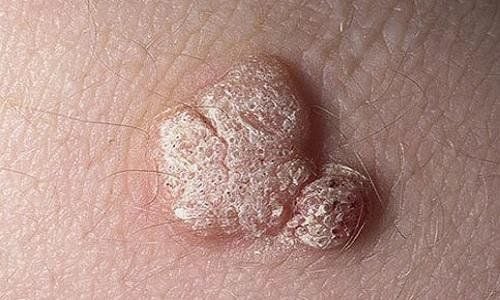
Người bệnh có cục u dưới da có thể là sự xuất hiện của mụn cóc
7. Folliculitis
Folliculitis is an inflammatory response to shaving. The short hairs get "trapped" in the skin, causing breakouts and sometimes infections. It is more common in men.
Folliculitis occurs when bacteria infect the hair follicles, usually on your neck, thighs, armpits or buttocks. It causes red bumps or small pimples. You may also experience blisters, sores, and itching or tender skin. To treat, wash with a clean cloth and antibacterial soap. Your doctor may also prescribe antibiotics for you.
8. Dermatofibroma
A dermoid cyst is a small, firm, reddish-brown bump that usually appears on your leg. It has nerves and blood vessels, so it can bleed if damaged, like when you shave.
It is not known what causes dermoid cysts, but you can get injured after a minor injury like a bite. They're harmless, but always let your doctor know about anything new on your skin. They can treat the cyst if it bothers you, because it won't go away on its own.
9. Swollen lymph nodes
Small glands in the neck, armpit or groin, called lymph nodes, are part of your immune system. When you're fighting an infection, they can swell into pea-sized lumps or larger. They get smaller as your health gets better.
But let your doctor know if they swell for 2 weeks or more, feel hard, grow fast, near your collarbone, or the skin over them becomes red. These signs along with weight loss, night sweats, fever or fatigue could be signs of cancer.
10. Cherry Hemangioma (Cherry Hemangioma)
Small, bright red bumps or bumps on your skin are usually harmless. You may start to see them in your 30s and 40s and get more out as you get older. If one side turns dark brown or black, tell your doctor so they can make sure it's not skin cancer.
In most cases, you won't need treatment for cherry hemangiomas unless they're irritated or bleeding. If you don't like their appearance, talk to your doctor about having them removed.
11. Thick horns Pilaris
When a protein called keratin plugs into your hair follicles, you can develop small, sharp pimples, a condition called keratosis pilaris. Sandpaper-like nodules often form on the arms, buttocks, and thighs. They are white or red and painless but may itch.
This common condition is often genetic and usually goes away as you get older. You don't need treatment, but lotions, hot tub soaks, and scrubs can help.
12. Mole
Almost all adults have moles , they are flat or slightly raised round moles. They come in many colors, but they are usually brown or black. Most of the time, you don't need to worry about them.
But changes in size, shape or color can be a sign of skin cancer. See your doctor if the mole is unusually shaped, has uneven edges, is a different color, is larger, is growing out of the skin, or is bleeding, oozing, itchy, painful, or scabs.

U cục dưới da có thể là biểu hiện của nốt ruồi trên da bạn
13. Seborrheic keratosis
These thick, coarse bumps can look waxy or scaly, like they've been glued on. You can see them anywhere on your skin. They may have a wrinkled surface, but they are not contagious.
Seborrheic keratoses start small, but they can grow to more than an inch wide. Some itch, but most are painless and require no treatment. If you have a mass that looks like skin cancer, your doctor may remove it just to be safe.
14. Lipomas
If you have a lump under the skin, a round, movable lump under the skin, it could be a lipoma. These fat masses have a soft, pasty or rubbery feel. They usually appear on your neck, shoulders, back, or arms. Doctors can recognize them just by looking or touching.
Most lipomas are harmless, but if you're bothered, your doctor can treat them with steroid injections, liposuction, or surgery. A rapidly growing or painful lipoma could be cancerous, so tell your doctor.
Please dial HOTLINE for more information or register for an appointment HERE. Download MyVinmec app to make appointments faster and to manage your bookings easily.
Reference source: webmd.com




